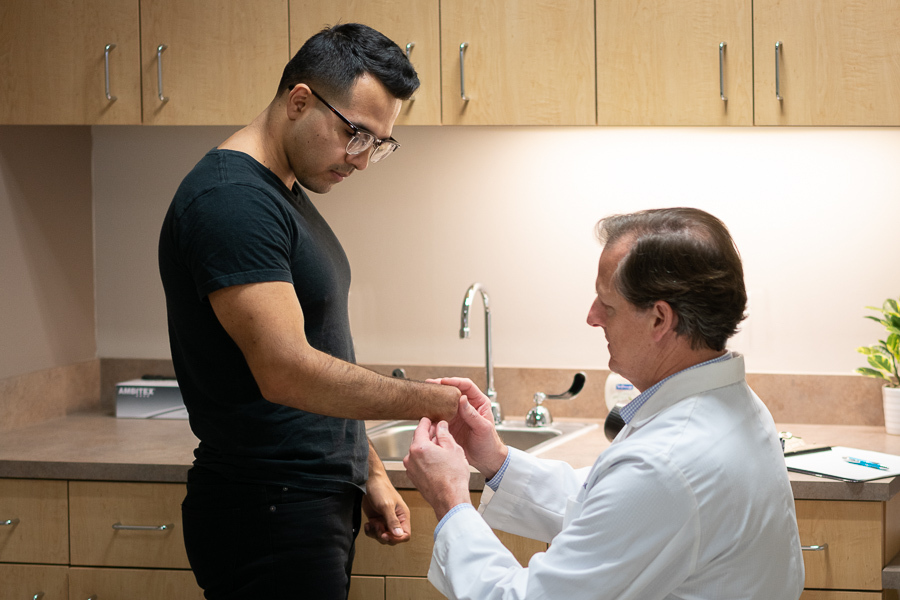

In research, this issue is exacerbated by an increase in publications producing an overwhelming barrage of statements, not all of which are equally supported by sufficient evidence.

Now more than ever, scientists and clinicians are finding it challenging to determine the reliability of published evidence. Our hope is that a constructive evaluation of the foundational knowledge underlying PLP research practices will enable more informed decisions when testing the efficacy of existing interventions and will guide the development of the next generation of PLP treatments. We highlight conceptual and methodological challenges in studying PLP, which have hindered progress on the topic and spawned disagreement in the field, and offer potential solutions to overcome these challenges. The goal of this review is to help generate consensus in the field on how best to research PLP, from phenomenology to treatment. However, the wealth of new PLP research, over the past decade, provides a unique opportunity to re-evaluate some of the core assumptions underlying what we know about PLP and the rationale behind PLP treatments. Consequently, we lack consensus on PLP mechanisms, as well as effective treatment options. This heterogeneity, combined with the low prevalence of amputation in the general population, has made it difficult to accumulate reliable data on PLP. The PLP experience is highly heterogenous in its quality, intensity, frequency and severity. Phantom limb pain (PLP) impacts the majority of individuals who undergo limb amputation. Hunter R Schone, NIMH, National Institutes of Health, Bethesda, Maryland, USA 9 Center for Neuroplasticity and Pain, Department of Health Science and Technology, Faculty of Medicine, Aalborg University, Aalborg, Denmark.8 Institute of Cognitive and Clinical Neuroscience, Central Institute of Mental Health/Medical Faculty Mannheim, Heidelberg University, Mannheim, Germany.7 Department of Anaesthesia and Perioperative Medicine, Pain Management Unit, Neuroscience Institute, University of Cape Town, Rondebosch, Western Cape, South Africa.6 Department of Anesthesiology and Intensive Care, Aarhus University Hospital, Aarhus, Denmark.5 Department of Clinical Medicine, Aarhus University, Aarhus, Denmark.4 Transitional Pain Service, Department of Anesthesia and Pain Management, Toronto General Hospital, Toronto, Ontario, Canada.3 Department of Psychology, York University, Toronto, Ontario, Canada.2 Institute of Cognitive Neuroscience, University College London, London, UK.1 NIMH, National Institutes of Health, Bethesda, Maryland, USA.


 0 kommentar(er)
0 kommentar(er)
